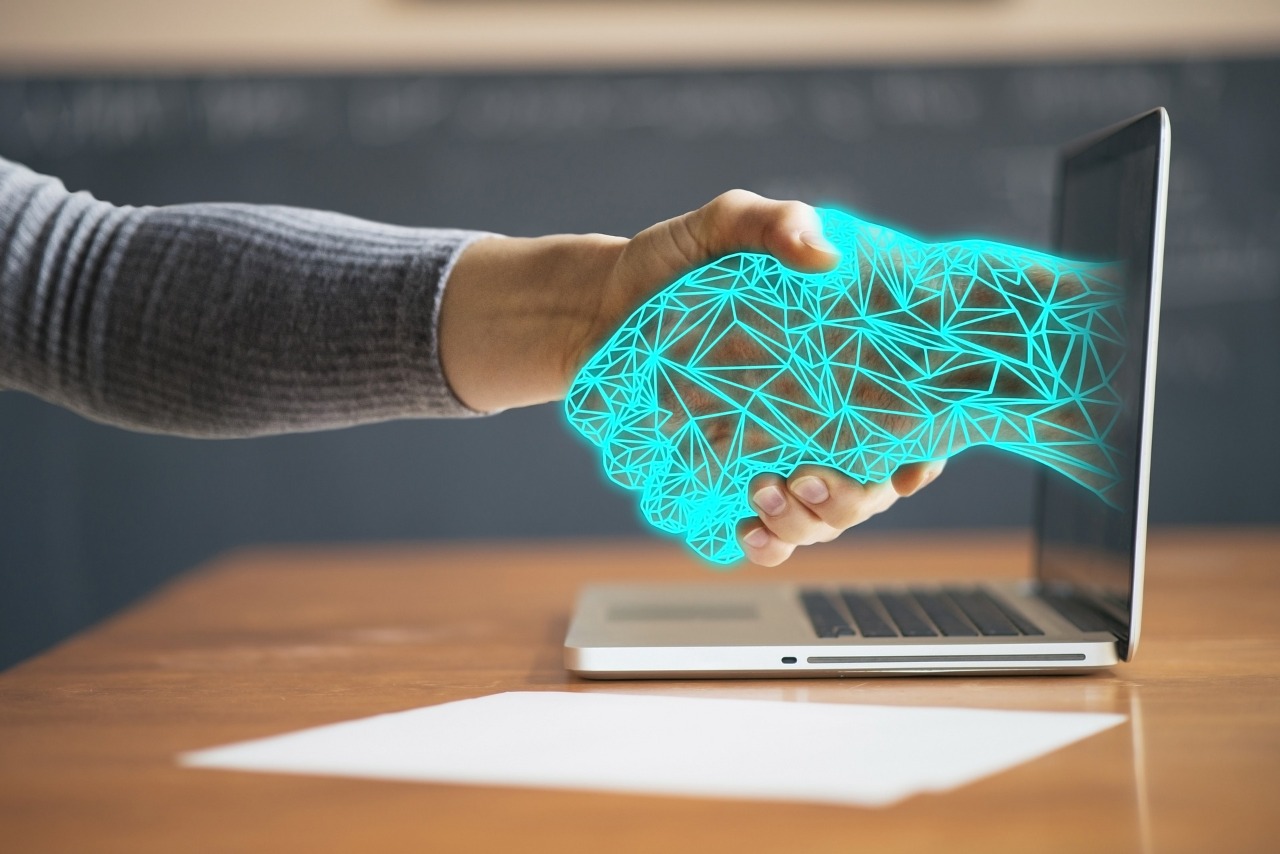Modern senior care is entering a new era as technology becomes an essential part of daily operations. What once relied on handwritten notes, physical supervision, and periodic updates is now supported by tools that offer continuous insight into resident well-being. These developments strengthen oversight and improve the level of safety that residents receive. When thoughtfully implemented, technology directly contributes to protecting the rights of seniors in care facilities by reinforcing transparency, enhancing communication, and reducing the risk of preventable harm.
The Rise of Smart Monitoring and Safety Tools
Smart monitoring devices are one of the most significant innovations in senior care. Wearable health trackers, motion sensors, and fall detection systems all continuously monitor a resident’s physical state. When a resident exhibits distress or deviates from typical activity patterns, these tools promptly alert staff.
This rapid response capability ensures that emergencies are handled promptly and prevents injuries from worsening. Facilities are better able to fulfill their obligation to provide prompt, attentive care, and residents enjoy a safer environment. Knowing that technology fills in the gaps when staff cannot be everywhere at once can reassure families who may be concerned about the safety of their loved ones.
Improving Care with Accurate Digital Documentation
Traditional paper charts have been quickly replaced by electronic health records, which offer significant improvements in accessibility and accuracy. Errors caused by illegible handwriting, misplaced documents, or outdated medical information are less common with digital records. Electronic systems assist care providers in making well-informed decisions by clearly organizing and retrieving data.
This structure also guarantees accountability. Reviewing treatment history, assessing concerns, and confirming that residents have received the care they were promised all depend on proper documentation. Seniors with regularly updated medical records are better protected if concerns are raised about the standard of care, possible neglect, or inappropriate treatment.
Strengthening Family Involvement and Communication
Technology helps families and care facilities communicate with each other. These days, many centers use secure platforms that let families view activity logs, message caregivers, check for updates, and receive alerts about changes in their health. This degree of participation is particularly crucial for residents who find it difficult to voice their concerns on their own.
Technology helps families become effective advocates by offering clear channels of communication. They can look for trends, ask questions, or work with staff to make decisions about their care. Knowing that their loved ones are informed and involved strengthens seniors’ rights to respect, dignity, and individualized care.
The Growing Impact of Predictive and Analytical Tools
Predictive analytics and artificial intelligence are becoming practical tools for identifying health risks before they worsen. AI systems can identify early warning indicators of problems by evaluating data on behavior, nutrition, mobility, and sleep. These realizations enable caregivers to take action earlier, frequently averting complications or hospital stays.
This proactive strategy is consistent with a resident-centered care model. Caregivers can address concerns early on rather than waiting for issues to arise. Facilities uphold a higher standard of care, and seniors receive attention specific to their individual needs.
Enhancing Accountability Through Digital Tracking
The ability of technology to accurately record resident interactions and staff activities is another significant contribution. Time-stamped digital care logs, electronic staff check-in systems, and cameras in public spaces all produce trustworthy records that lessen the possibility of abuse or neglect.
These tools must be used responsibly, but when implemented correctly, they add an essential layer of oversight. Staff members understand that care activities are documented, which encourages adherence to proper procedures. Families can also be confident that objective systems are in place to verify what occurs throughout the day.
Balancing Human Care with Technological Support
Although technology offers meaningful benefits, its success depends on thoughtful integration. The goal is not to replace caregivers but to strengthen the support they provide. Training is essential to ensure staff feel comfortable with new systems and understand how to use them effectively. Clear communication with families also helps set expectations and encourages cooperation.
Human connection remains the foundation of compassionate care. Technology works best when it enhances the caregiver-resident relationship rather than overshadowing it. When used correctly, these tools allow caregivers to devote more time to meaningful interactions by reducing administrative burdens and improving efficiency.
Looking Ahead at the Future of Senior Care
Technology continues to evolve, and its influence in senior care will only grow. Facilities that embrace modern tools are better positioned to provide safe, high-quality, and transparent care. Residents experience greater independence and security, while families gain valuable insight into daily routines. These advancements create a stronger environment for accountability, safety, and wellness. As more technologies emerge, they will become central to protecting the rights of seniors in care facilities and ensuring that every resident receives the respect, attention, and advocacy they deserve.
Photo: Freepik via their website.
CLICK HERE TO DONATE IN SUPPORT OF DCREPORT’S NONPROFIT NEWSROOM




